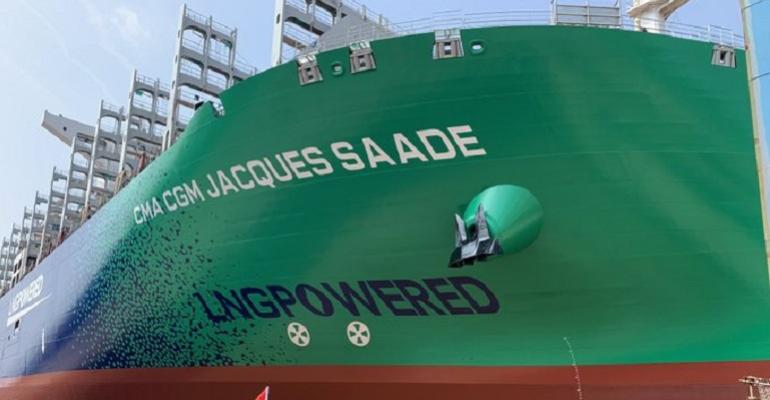Latest numbers from DNV’s Alternative Fuels Insight (AFI) platform show that methanol proved the most popular fuel over the period, with 9% of orders, followed by LNG 7%, LPG 3%, and ammonia 1%.
The number of methanol-fuelled ships in operation will more than double this year – from 29 at the end of 2023 to 61 by the year end. Taking the entire orderbook into account, there will be 257 methanol-fuelled ships in operation by the end of 2026.
Container ships comprise the lion’s share of methanol take-up, accounting for 168 new contracts, with oil and chemical tankers accounting for 39 ships in operation or on order, and 17 bulk carriers currently under construction. Ten car carriers now being built will use methanol as fuel, as well as seven offshore vessels and five roro’s.
The classification society notes that most of the methanol available today is produced from natural gas or coal. Significant investment in green methanol production capacity is required, it said.
LNG still heads the league table, however. Excluding LNG carriers, there are currently 493 gas-fuelled ships in operation, with a further 523 vessels on order. Once again, container ships make up the highest number, with 77 in operation and 195 on order. Car carriers come next with 24 commissioned vessels and 149 on order. Significant LNG take-up is also evident in crude tankers – 77 in operation and 33 on order; products and chemical tankers 53 and 48; bulk carriers 48 and 25; and car and passenger ferries, 43 and six.

There are now more than 5,000 ships operating with scrubbers, according to the DNV statistics. The exponential increase, from 740 ships at the end of 2018 to 4,362 installations two years later, has levelled off. Taking the current orderbook into account, the 5,080 ships with scrubbers today will climb to 5,299 by the end of 2026.
There are 1,866 scrubbers in operation or on order for bulk carriers; 1,252 for container ships; 730 for crude oil tankers; and 591 for products and chemical tankers.
Martin Wold, Principal Consultant in DNV’s Maritime Advisory business, noted a growing interest in ammonia as fuel. “Interest in ammonia is on the rise, with two orders confirmed in January,” he said, “and we expect this to continue to grow in the months and years ahead.”
The AFI platform is freely available and includes detailed statistics on alternative fuel uptake as well as interactive maps with the current status by ship type and the development of fuel-specific bunkering infrastructure.
Copyright © 2024. All rights reserved. Seatrade, a trading name of Informa Markets (UK) Limited.
Add Seatrade Maritime News to your Google News feed.  |

